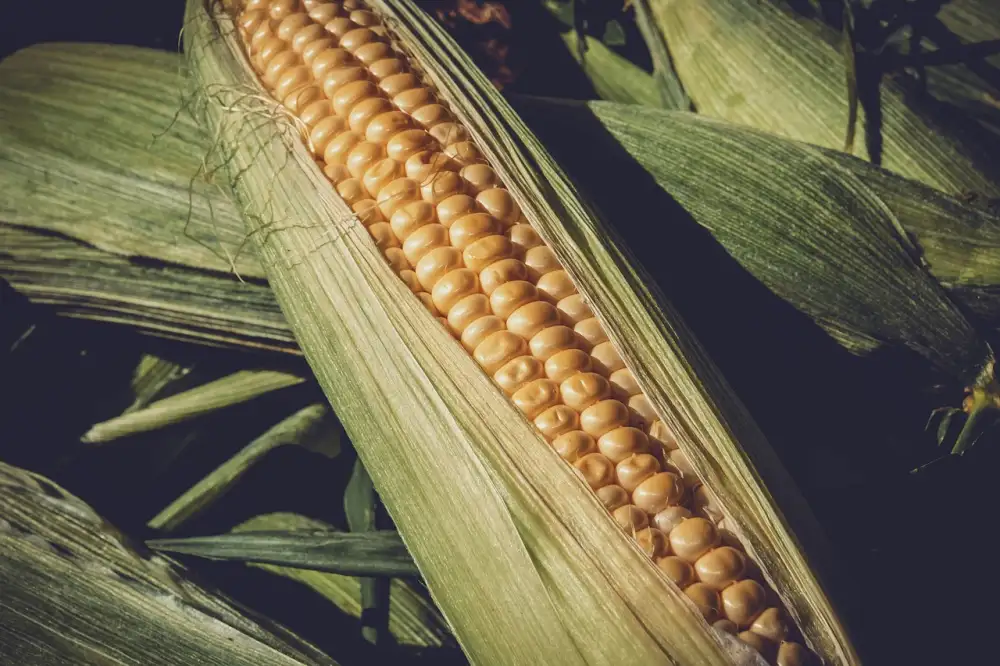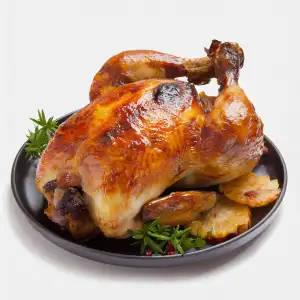Exploring the Risks and Benefits of Eating Corn Starch: Understanding Pica and Its Impact on Health

Pica is a disorder characterized by the persistent eating of non-nutritive substances such as corn starch. Corn starch, a common ingredient in cooking and baking due to its thickening properties, is not meant for consumption in its raw form. Individuals with pica may feel compelled to consume corn starch due to various factors such as mineral deficiencies, pregnancy cravings, or underlying mental health conditions. Understanding the risks associated with ingesting corn starch is crucial in addressing the potential health implications of this behavior.
Risks and Dangers of Eating Corn Starch
Consuming corn starch can pose several risks to one's health. Corn starch is a refined carbohydrate with little nutritional value, leading to potential weight gain and an increased risk of developing obesity-related conditions such as diabetes and heart disease. Additionally, ingesting large amounts of corn starch can lead to digestive issues like bloating, gas, and constipation due to its high starch content. Furthermore, some corn starch products may contain additives or preservatives that could be harmful if consumed excessively. It is crucial to be mindful of the quantity and frequency of corn starch consumption to avoid these potential health risks.
Health Implications of Pica and Corn Starch Ingestion
Consuming corn starch as a form of pica can have significant health implications. Corn starch lacks essential nutrients, so individuals who consume it excessively may be at risk of malnutrition. Additionally, the high carbohydrate content in corn starch can lead to spikes in blood sugar levels, which is particularly concerning for individuals with diabetes or insulin resistance. Prolonged ingestion of corn starch may also cause digestive issues such as constipation or bloating due to its low fiber content. It is crucial to recognize these health risks associated with pica and seek medical advice if experiencing symptoms related to excessive corn starch consumption.
Treatment Options for Pica and Corn Starch Eating
Treatment options for individuals with Pica, particularly those who consume corn starch, typically involve a multidisciplinary approach. Behavioral therapies, such as cognitive-behavioral therapy (CBT), can help address the underlying causes of Pica and develop healthier coping mechanisms. Counseling and support groups may also be beneficial in addressing any emotional or psychological factors contributing to the behavior. In some cases, medication may be prescribed to manage any underlying mental health conditions that may be exacerbating Pica. It is essential for individuals with Pica to work closely with healthcare professionals to create a comprehensive treatment plan tailored to their specific needs and circumstances.

The consumption of cornstarch, a behavior often linked to Pica, highlights the complexities of human behavior and the urgent need for greater understanding and empathy towards those battling this disorder.
Elias Davenport
Prevention Strategies and Support for Individuals with Pica
Prevention strategies for individuals with Pica involve addressing underlying nutritional deficiencies through a balanced diet rich in iron, zinc, and other essential nutrients. Providing alternative safe snacks like fruits or vegetables can help curb cravings for non-nutritive substances like corn starch. Behavioral therapy, counseling, and support groups can also be beneficial in managing Pica. It is crucial for caregivers and healthcare providers to work together to create a supportive environment that promotes healthy eating habits and addresses any emotional or psychological factors contributing to Pica. Early intervention and ongoing monitoring are key in preventing the harmful effects of Pica on an individual's health.
Published: 31. 03. 2024
Category: Food



